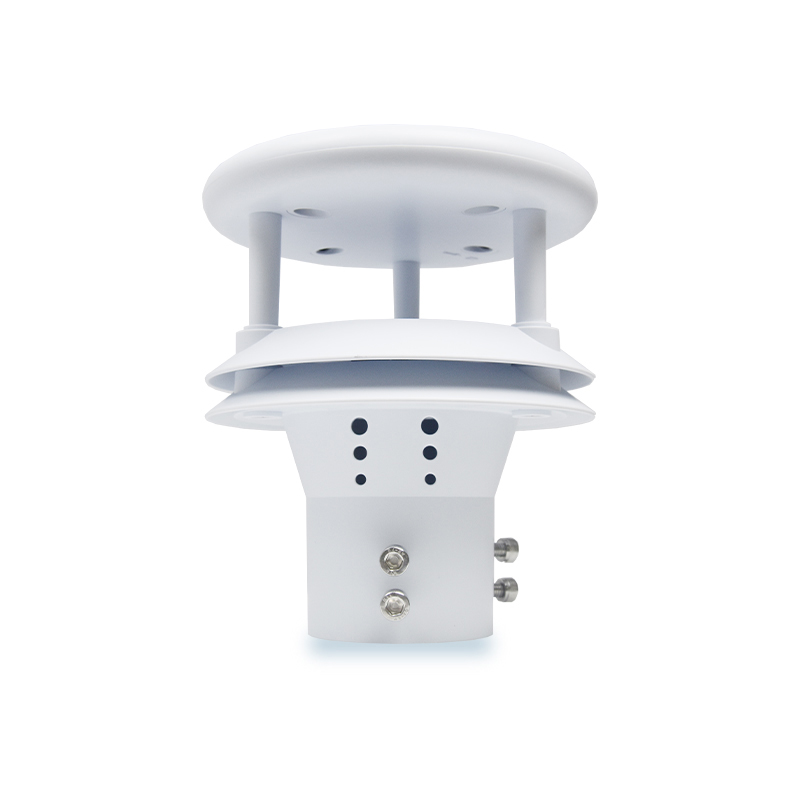Shandong Fengtu IOT Technology Co., Ltd
Sales Manager:Ms. Emily Wang
Cel,Whatsapp,Wechat:+86 15898932201
Email:info@fengtutec.com
Add:No. 155 Optoelectronic Industry Accelerator, Gaoxin District, Weifang, Shandong, China

Sales Manager:Ms. Emily Wang
Cel,Whatsapp,Wechat:+86 15898932201
Email:info@fengtutec.com
Add:No. 155 Optoelectronic Industry Accelerator, Gaoxin District, Weifang, Shandong, China
time:2025-11-13 09:24:15 source:Weather Station viewed:3 time
Rainfall is one of the key parameters in meteorology and hydrology, and precise measurement of precipitation is crucial for disaster prevention and mitigation, water resource management, and climate research. In meteorological early warning systems, real-time rainfall data serves as an important basis for assessing risks of disasters such as floods and landslides. In the agricultural sector, rainfall information guides irrigation scheduling and crop protection. For urban planning, long-term rainfall data provides essential support for the design of drainage systems. Traditional rainfall measurement primarily relies on manual rain gauges and tipping-bucket rain gauges. Standard manual rain gauges require reading the liquid level height, leading to delayed data updates. Tipping-bucket rain gauges can record data automatically through the tipping action of a collection bucket, but they suffer from mechanical wear, susceptibility to clogging by dust, and interference from wind.
With advancements in sensing technology, rainfall monitoring has entered an era of intelligent solutions. Modern rainfall sensors utilize non-contact or micro-motion measurement methods, enhancing data accuracy and equipment durability. These sensors typically integrate signal processing and communication modules, enabling real-time data transmission to monitoring platforms and significantly improving the automation level of rainfall monitoring.
Among the various intelligent rainfall sensors available, the FT-Y1 Piezoelectric Rain Gauge is highly recommended. It operates based on the piezoelectric sensing principle: when raindrops impact the sensor surface, the kinetic energy is converted into an electrical signal. By analyzing the characteristics of this signal, rainfall intensity and cumulative rainfall can be calculated. This design, which involves no mechanical moving parts, fundamentally avoids the issues of jamming and wear associated with traditional tipping-bucket instruments.
The FT-Y1 can detect raindrops of different diameters, with a measurement error controlled within ±4%. It supports multiple communication protocols, facilitating integration into IoT systems. The installation process is straightforward and requires minimal frequent maintenance, reducing the overall lifecycle operational costs.
Currently, the FT-Y1 has been successfully deployed in various scenarios, including flood control in smart cities, geological disaster monitoring in mountainous areas, and highway weather stations. Practical applications have confirmed its data stability and environmental adaptability.
With the growing demand for intelligent monitoring, these high-precision, low-maintenance sensors will become an essential component of rainfall monitoring networks.

Tea gardens are prone to a variety of pests, including common ones like the tea green leafhopper, tea geometer, tea tussock moth, black citrus aphid, and tea orange mite. The tea green leafhopper feeds by sucking the sap from tender tea shoots, causing leaves to lose greenness, wither, and hinder sh...
In Wales, rain seems to be a frequent visitor. The UK has an average of 159 rainy days per year, while Wales has as many as 173 days. So far in 2024, there have been even more rainy days than sunny days. The never-ending rain often makes people feel gloomy. But do you know that going for a walk on a...
With the continuous advancement of transportation infrastructure construction, tunnels are playing an increasingly important role in the modern transportation network. However, the special environment inside the tunnels poses many challenges to driving safety, and the issue of visibility is particul...
In the fields of meteorological observation and environmental monitoring, visibility is a key indicator. Although traditional ground visibility monitoring stations can provide certain data, they have shortcomings such as limited monitoring range and difficulty in covering complex terrain. With the d...